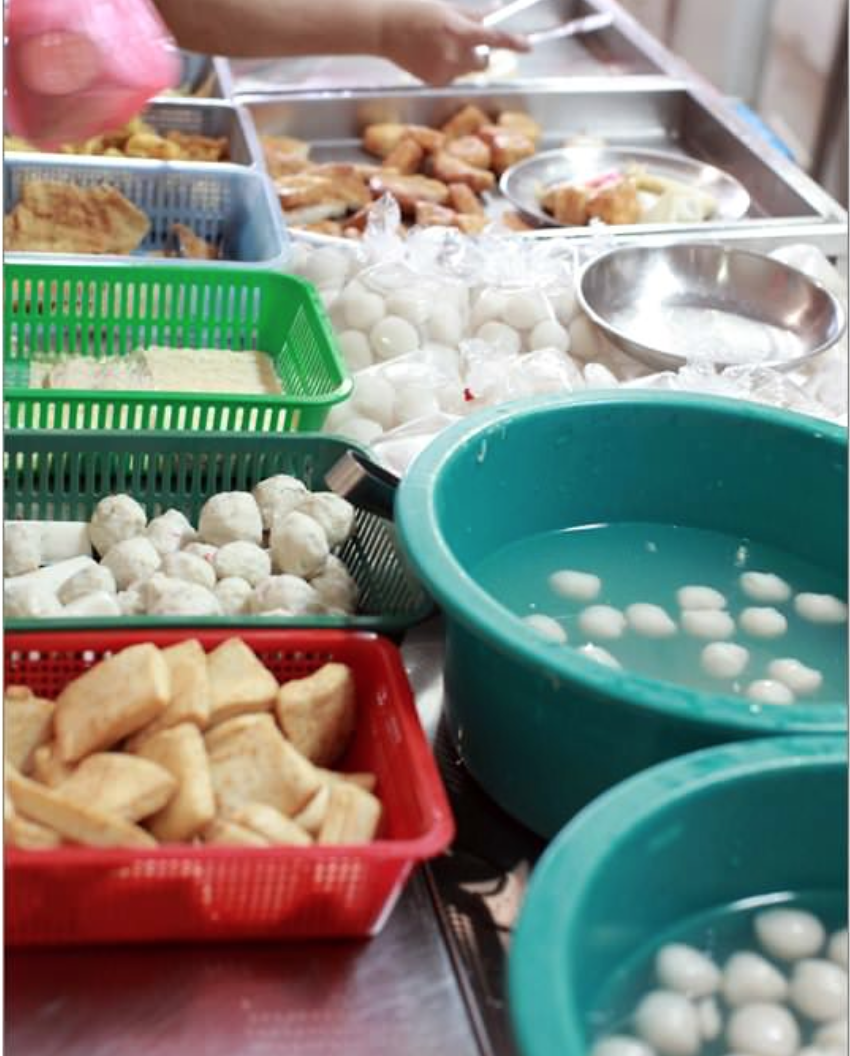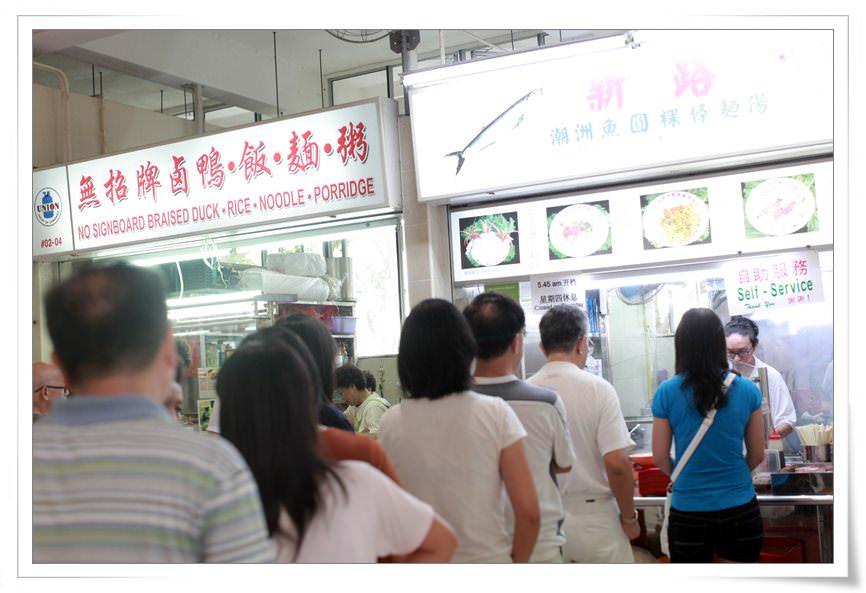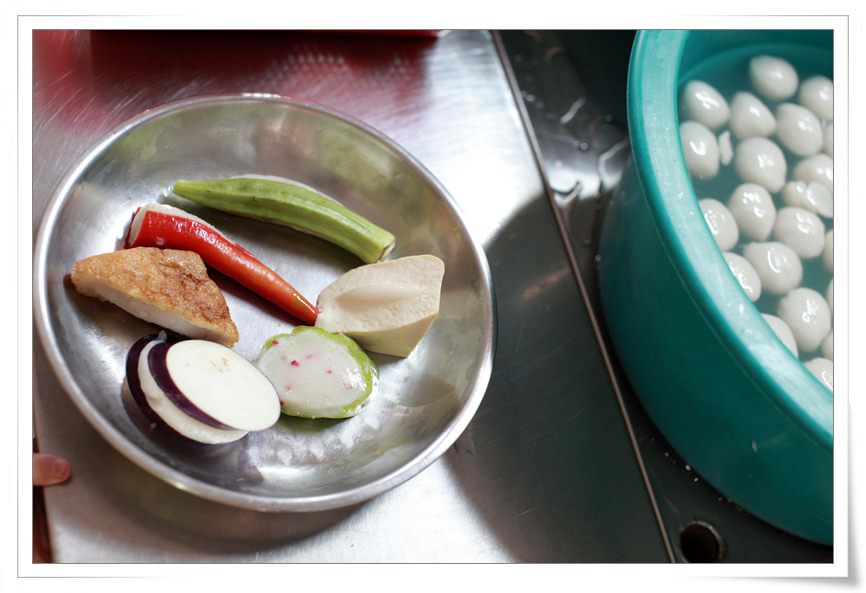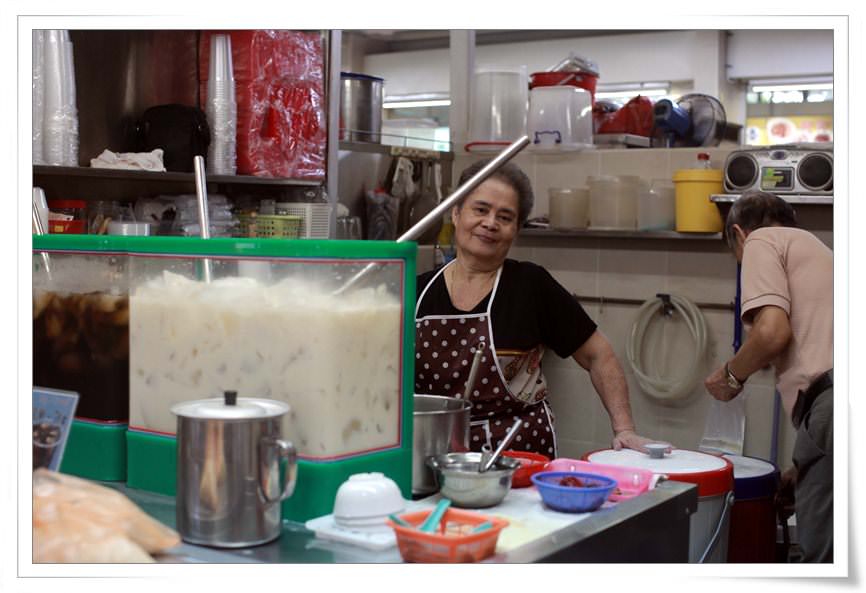
For this next post, I’m delighted to hand the reigns to my friend, Cheng Lei.
Lei is like me, half Aussie and half Chinese. I first met her in Shanghai in 2004 when we were both working there. Lei had gone to China as an accountant and ended up as the China Correspondent on CNBC, interviewing people like Bill Clinton as part of her everyday — yawn, yawn — work.
Yep, the girl’s got game. She’s also blessed with warmth, wit, strength and intelligence. Actually, she’s one of my favourite people ever.
Lei is currently stationed in Singapore but is about to move back to China (Beijing) for her next gig. When I mentioned the idea of a guest post to her she couldn’t wait to share her love of Singapore’s breakfast scene as a fitting farewell. Enjoy!
A Singapore Breakfast
Everything that I love about Singapore can be found at a market/hawker centre.
On weekend mornings, when breakfast doesn’t have to be my standard sandwich in the taxi going to work, I take the whole brood to Meiling Road Market, in the heart of Queenstown, one of Singapore’s earliest residential suburbs.
At eight in the morning, it is as local as it gets. Grannies in wheelchairs are drinking kopi o (black coffee with sugar) and mothers are queueing up for breakfast takeaway.
Downstairs is a clean and airy space where families hold stalls selling fresh produce. There is even a vegetable stall called “Daddy Veggie” with a Chinese sign that says “dad plants, son sells”.
At Ah Soon’s fish ball stall, I pick up Yong Tau Foo (fish paste filled tofu and vegetables) for lunch later.
Do you know why so many Singaporeans talk about their favourite hawker center stalls? It’s the memories and the comfort of consistency. It’s the fact you can grow up, move house, fall in and out of love, but know that in that same corner of the same building, the skinny uncle in the white shirt is still making these delicious (and healthy) fish treats that make noodle soup a slurping sensation.
They are so pretty, too, the red peppers and green lady fingers (okra), golden tofu puffs and purple eggplant — all set off by the snowy fish paste. Cooking is super easy, too. You simply pop them in with noodles in boiling water/stock, wait till they float up and become plump, and serve them with your favourite dipping sauce.

Meanwhile, upstairs is a feast for the senses. Hear the happy hum of chatter as orders are placed and delivered, the rhythmic chopping of shallots and coriander. Behold the fish balls jumping into steaming stock, the carrot cake (made with turnip) being expertly tossed, and the Prata (pancakes) being acrobatically flipped.

Elsewhere bunches of sugarcane are being pressed into yellow-green juice — the ultimate balm for a chilli-stung tongue. Drool at freshly steamed rice noodle rolls being smothered with sweet dark soy and sprinkled with sesame seeds.
Be impressed by the old school food packaging too. Fried dough fritters come wrapped in brown paper to absorb oil. Nasi lemak (coconut rice) are ensconced in fragrant Pandan leaves. Icy cold soy milk and grass jelly are ladled into plastic bags with sturdy string-ties.

The bill for all this hearty, homey grub? $1.20 for cane juice. $3 for duck noodles. $0.8 for dough fritters. $1.20 for 6 pieces of Yong Tau Foo. Scarcely enough to buy a Starbucks latte.
Food. Family. Fun.
I love Singapore.
(c) Words by Cheng Lei & photos by Wei.
Cheng Lei is a Chinese-Aussie reporter and mum of two who lives by the Chinese maxim “food is the god of life”. She firmly believes you can learn everything about a place by visiting its fresh food markets.







